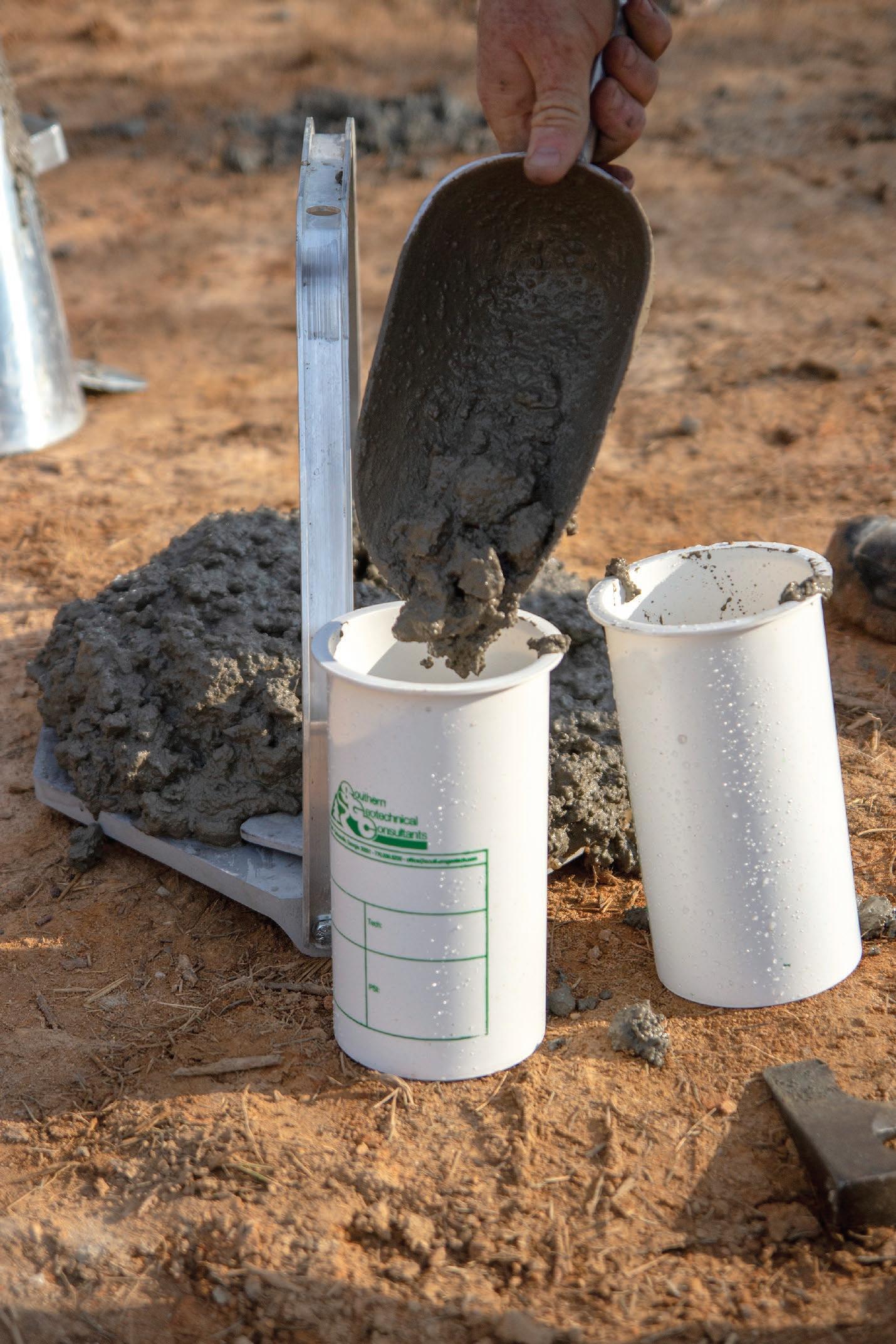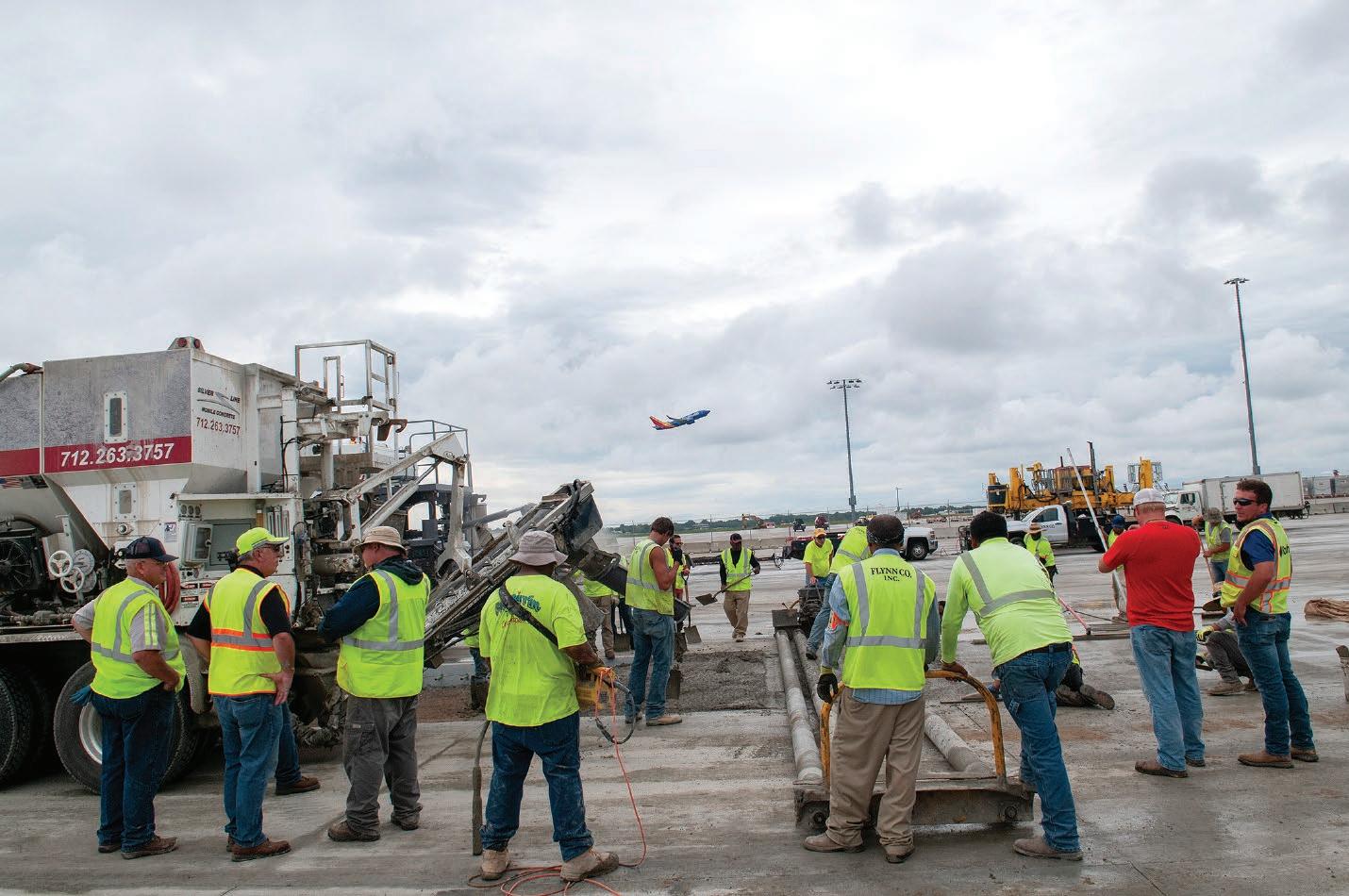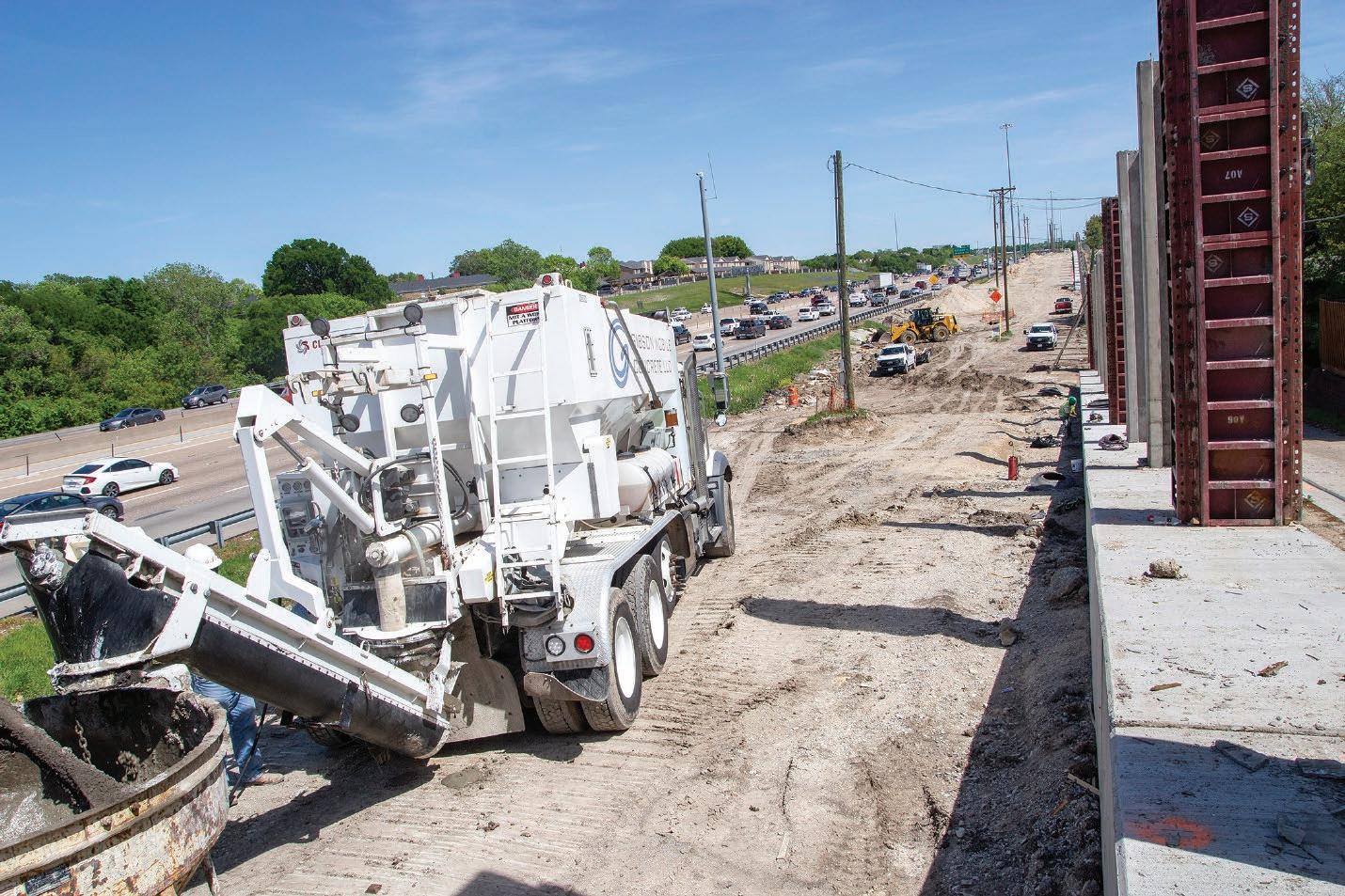
5 minute read
Cement Mixing Plants: The Benefits of Mobility
Jo Roth, Staff Writer
Faster, more mobile and more flexible. Mobile cement mixing plants offer a number of advantages over conventional approaches.
IN LIFE, as in business, the future is mobile. Everywhere you look, technology is becoming smaller, lighter, more portable and more powerful. The benefits for its users are enormous. The same trends are being seen when it comes to construction. Mobile concrete plants which can batch and mix concrete on the spot offer enormous improvements to any project. However, when making the decision about whether to upgrade, operators will need to understand how they will see a return on investment. In this article, we’ll examine the key issues operators will be looking at.
Speed and Efficiency
When time is critical, mobile plants can save precious minutes at several points in the process. Ready mix concrete can hold up operations as a result of the wait for the mix to arrive. In comparison, mobile units can mix the cement there and then. Concrete can be mixed and laid within 30 minutes while fresh. Productivity increases, delays are reduced, and jobs can be completed sooner.
Mobile units are also more suitable to ultrafast drying types of concrete. Because the hydration process starts immediately, they can be difficult to use with a conventional barrel mixer. At best, the risks of spoilage are higher; at worst it could be impossible to use. Mobile mixers allow workers to mix and pour the cement right at the point of work, with no risk of a delay in transportation.
Cost and Waste
Financial and environmental considerations mean operators need to become extremely sensitive to their use of materials. At the best of times, airport finances are a fine balancing act – even more following the arrival of COVID 19. According to analysis from ACI World, COVID 19 could see airport revenues fall by half 9 .
Such a financially constrained environment will put pressure on operations to become more efficient and frugal. While faster drying concrete and mobile plants will involve an upfront cost, operators should set that against the additional revenue it brings thanks to faster turnaround times and lower operating expenses.
The aviation industry has adopted Paris Agreement targets of hitting net zero carbon emissions by 2050 10 . However, many airports have chosen to go above and beyond this figure with some, such as Heathrow, aiming become carbon neutral by 2030 11 . This is an enormous challenge. Between now and 2050, the aviation sector is set to expand dramatically and hopes to grow while achieving an unprecedented reduction in emissions. For this to happen, waste must be minimized at every opportunity.
Mobile concrete plants represent one such opportunity. The current approach of transporting premixed concrete inevitably involves some excess as well as the risk of spoilage. A mobile plant, on the other hand, allows operators to produce the exact quantity of concrete at the exact time it is required. Computer control systems mean workers can achieve precise measures and eliminate waste. It is therefore faster, more economical, and environmentally sustainable.
Ease of use will also have an impact on cost. Plants in which all operations can be performed by one person reduce head count and lead to a quicker and simpler form of operation.
Operating Conditions
Due to the range of tasks and conditions a plant may face, it must be suitable for different challenges. On the one hand it will need to be light and mobile enough to move quickly to different locations, but on the other it must be strong enough to cope with any conditions.
The environment of an airport can be tough and wide-ranging. Depending on the time of year or location of the airport, it may be required to operate in anything from 40-degree heat to subzero snowy conditions. Plants will also need the capacity to cope with high loads as well as being able to switch locations at short notice. Financial and environmental considerations mean operators need to become extremely sensitive to their use of materials. At the best of times, airport finances are a fine balancing act – even more following the arrival of COVID 19
VOLUMETRIC MIXERS ARE GREAT FOR WORK LOCATED IN REMOTE LOCATIONS AS CUSTOMERS RECEIVE FRESHLY MIXED CONCRETE ON-SITE.
Mobile units, therefore, will need to be light and flexible enough to move quickly between locations while also being sufficiently robust to cope with all the conditions they will face in day to day operations. Each project will come with its own specific set of challenges and risks. Providers who are flexible enough to work with buyers to provide them with the level of specification they require will offer significantly more value.
Flexibility
The great advantage of a mobile concrete batch plant is that it offers unparalleled levels of flexibility. It can be set up easily, cope with varying loads and switch the design mix onsite when needed.
The unit will need to be light and flexible enough to be able to move to any location on the airport at short notice, even if the site is remote or hard to get to. Once there, it should not be limited by space and be able to cope with a job of any size whether it’s laying 20 meters of surfacing or 400 meters.
Fast cleanout keeps downtime to a minimum. The latest high-performance plants offer fast cleanout with swift separation of materials so that the plant can be ready to go again quickly.
Technology
Digital technology will also be crucial to future operations. Mobile plants can be fitted with software packages which provide precise information about production quantities and resource use. This produces valuable data which can be analyzed to provide insights on trends and material use.
Using this information, operators will be able to track their costs and resource use more effectively and derive learnings for the future. In the airport of the future, data will be critical to operations, providing insights and analysis which can unlock previously hidden opportunities for efficiency and performance improvements. The more tasks and functions that can be linked to a central database, the easier it is for managers to gain oversight of their operations and drive the improvements necessary for the airport to thrive in the modern environment.
The mixing of concrete may seem like a small task, but this is the very nature of aviation. It is a vast network of interconnected, small and seemingly trivial tasks. Small gains at each point in sustainability, speed, cost and efficiency can add up to a transformation in an operation’s overall performance. The ability to add mobility into concrete mixing plant has multiple benefits which help an organization become successful.






